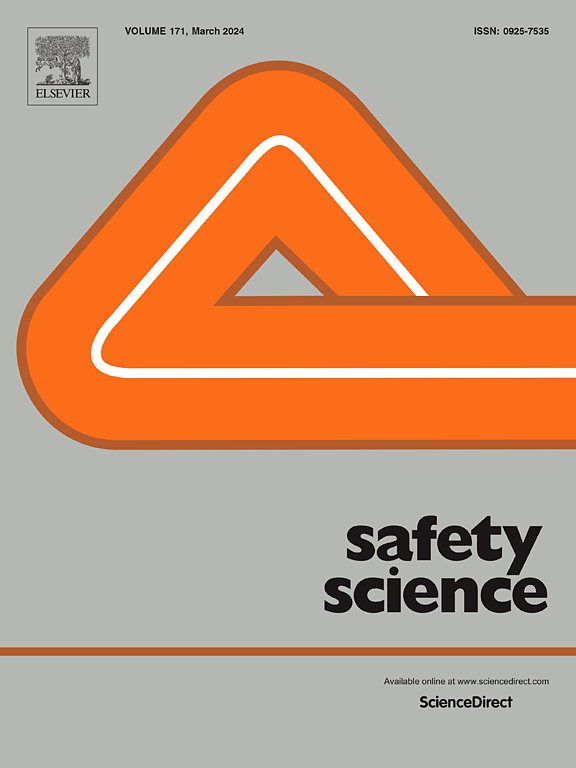Just Enough for Resilience? Creating Capacity in a High-Security Prison
IF 4.7
1区 工程技术
Q1 ENGINEERING, INDUSTRIAL
引用次数: 0
Abstract
This article aims to investigate how human resources on the organisational front line can both challenge and support resilience in a prison system. Based on an ethnography of safety and security work in a Norwegian high-security prison, how operational senior officers manage resources on the spot to maintain safety and security is explored. The results show that senior officers created capacity as and for situated resilience through small acts of saving, stretching, and strengthening human resources. Due to their twofold position in both operations and management, senior officers seemed to hold a potential key function for counterbalancing organisational vulnerabilities through their embodied competencies. However, due to the limited available resources in the prison organisation, their management of resources often took the form of “firefighting”. Although sufficient in keeping specific parts of the prison safe and secure in specific situations, the achieved situated resilience did not necessarily contribute to avoiding or handling future disturbances. Moreover, because of the socially determined risk, the reallocation of resources could influence the existence and dimension of risk, due to reduced resources to prevent and mitigate beginning disturbances on the prison wings. These findings indicate that situated resilience, when not met with corresponding structural or systemic adjustments, can fuel organisational brittleness to future events. This research contributes to a bottom-up understanding of how situated resilience unfolds through the situated and embodied competency of operational managers, making the hidden but essential processes that constitute the order of a system more visible.
适应力刚刚好?在高度安全的监狱中创造容量
本文旨在探讨组织一线的人力资源如何挑战和支持监狱系统的复原力。本文以挪威一所高戒备监狱的安全保卫工作人种志为基础,探讨了运营高级官员如何管理现场资源以维护安全。结果表明,高级官员通过节省、扩展和加强人力资源的小行动,为处境复原力创造了能力。由于高级官员在业务和管理方面的双重地位,他们似乎具有通过其具体能力来平衡组织脆弱性的潜在关键功能。然而,由于监狱组织的可用资源有限,他们对资源的管理往往采取“救火”的形式。虽然足以保证监狱特定区域在特定情况下的安全,但所取得的定位复原力并不一定有助于避免或处理未来的骚乱。此外,由于社会决定的风险,资源的重新分配可能会影响风险的存在和规模,因为用于预防和减轻监狱侧翼开始发生骚乱的资源减少了。这些发现表明,当没有相应的结构或系统调整时,定位弹性可能会加剧组织对未来事件的脆弱性。这项研究有助于自下而上地理解情境弹性如何通过运营经理的情境和具体能力展开,使构成系统秩序的隐藏但重要的过程更加可见。
本文章由计算机程序翻译,如有差异,请以英文原文为准。
求助全文
约1分钟内获得全文
求助全文
来源期刊

Safety Science
管理科学-工程:工业
CiteScore
13.00
自引率
9.80%
发文量
335
审稿时长
53 days
期刊介绍:
Safety Science is multidisciplinary. Its contributors and its audience range from social scientists to engineers. The journal covers the physics and engineering of safety; its social, policy and organizational aspects; the assessment, management and communication of risks; the effectiveness of control and management techniques for safety; standardization, legislation, inspection, insurance, costing aspects, human behavior and safety and the like. Papers addressing the interfaces between technology, people and organizations are especially welcome.
 求助内容:
求助内容: 应助结果提醒方式:
应助结果提醒方式:


